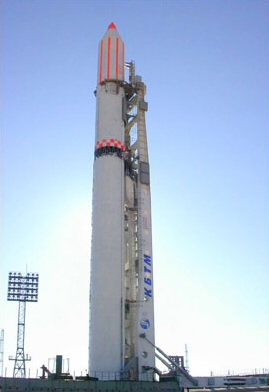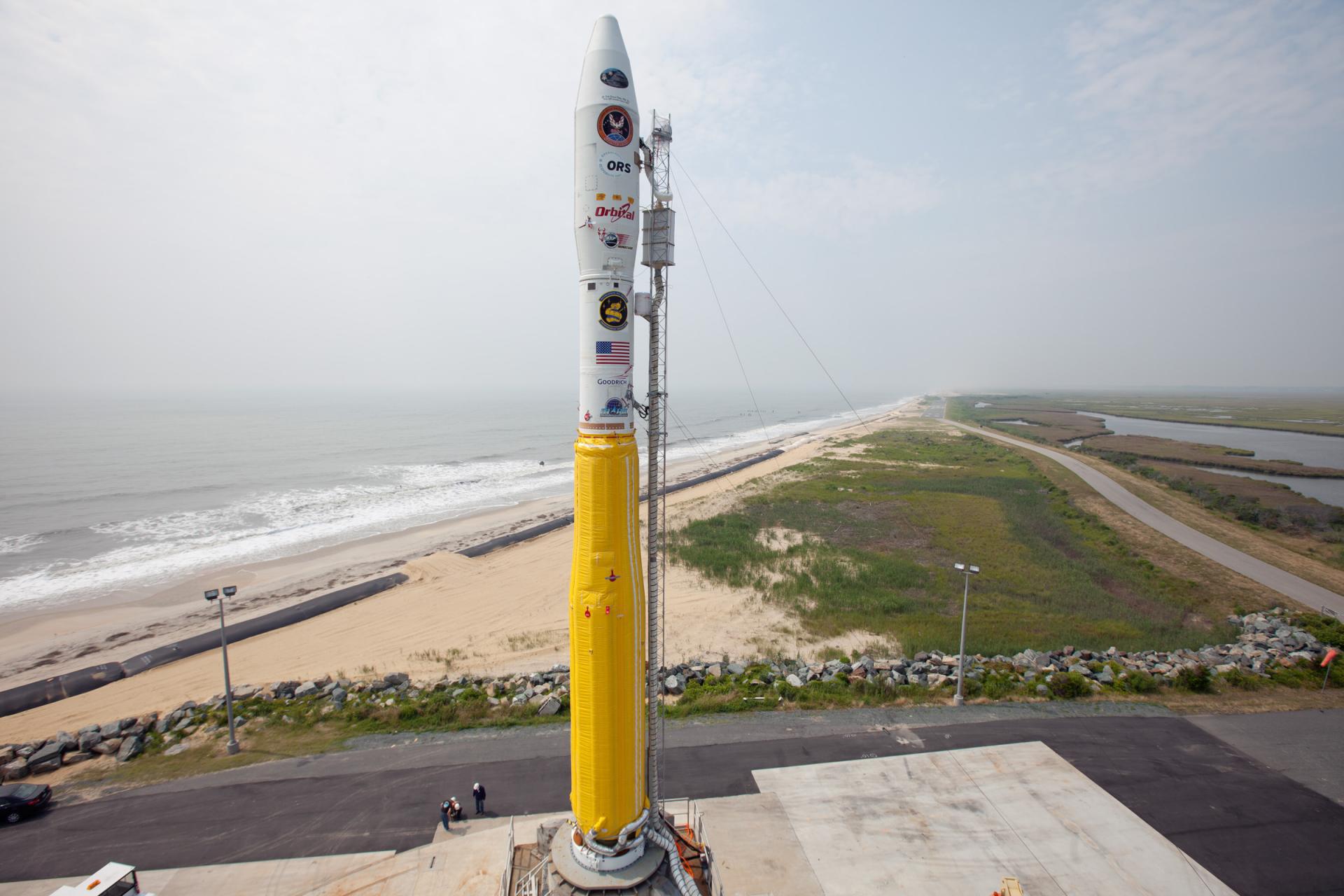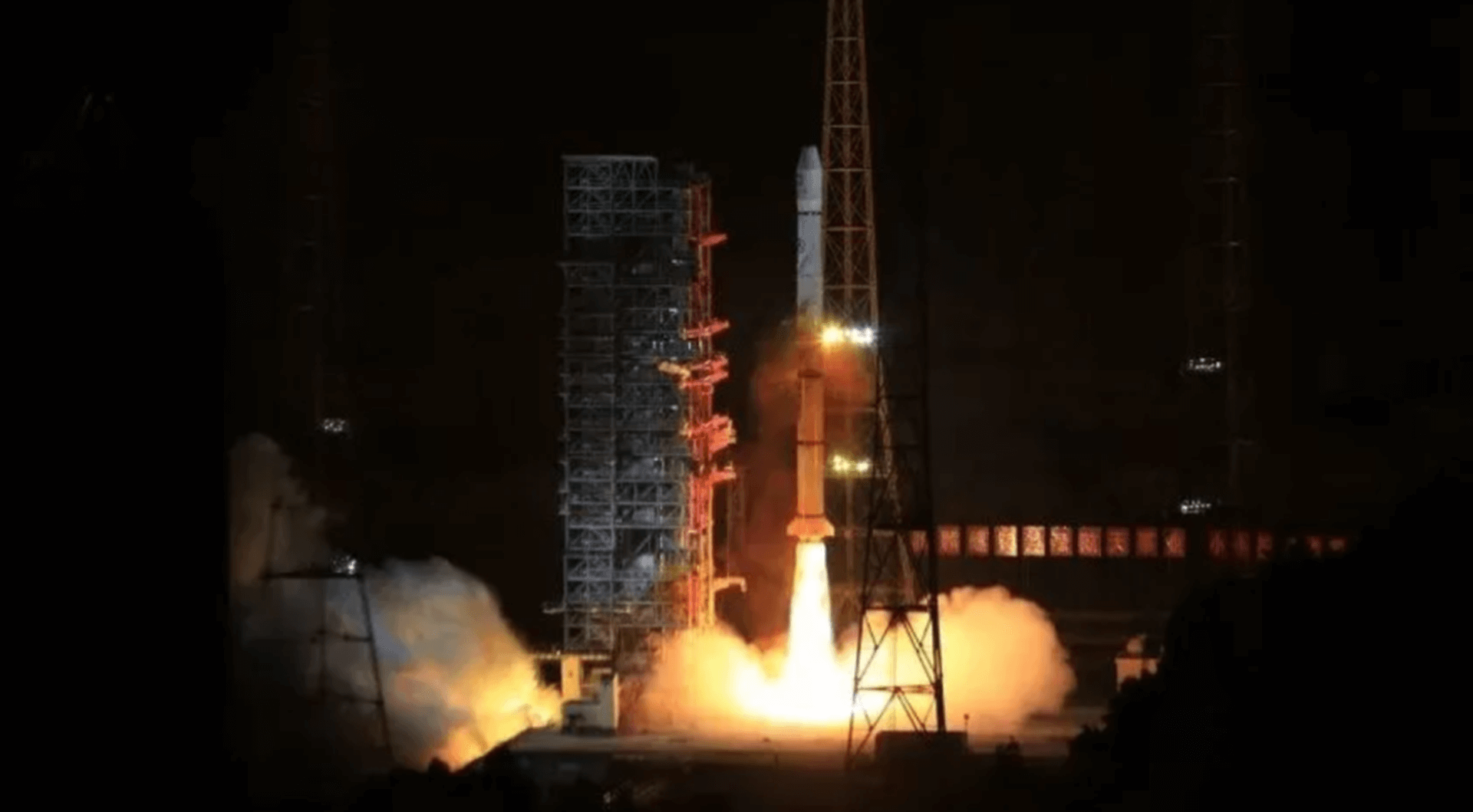Previous Spaceflight Launches
Filter by Agency, Locations or Vehicles
Show All LaunchesProton-K/DM-2M | Garuda 1
Khrunichev State Research and Production Space Center | RussiaBaikonur Cosmodrome, Republic of Kazakhstan
Feb. 12, 2000, 9:10 a.m.
Space Shuttle Endeavour / OV-105 | STS-99
National Aeronautics and Space Administration | United States of AmericaKennedy Space Center, FL, USA
Feb. 11, 2000, 5:43 p.m.
Status: Launch Successful
Mission:
STS-99 was a Space Shuttle mission using Endeavour, that launched on 11 February 2000 from Kennedy Space Center, Florida. The primary objective of the mission was the Shuttle Radar Topography Mission (SRTM) project. This was also the last solo flight of Endeavour; all future flights for Endeavour became devoted to the International Space Station.
Low Earth OrbitM-V | ASTRO E
IHI Corporation | JapanUchinoura Space Center, Japan
Feb. 10, 2000, 1:30 a.m.
Status: Launch Failure
Mission:
Astro E is a X-ray astronomy satellite bulit as a joint effort of NASA and the Japanese space agency ISAS. Observing the X-ray spectrum of the distant universe, Astro-E was to open a new window into the workings of black holes, neutron stars, active galaxies, and other very energetic objects. Astro E was lost in a launch vehicle failure in February 2000, but a repeat Astro E2 (renamed Suzaku after successful launch) was built to conduct the mission. It was launched in July 2005 aboard a Japanese improved M-5 rocket.
Low Earth OrbitSoyuz-U-PVB | IRDT 1
Progress Rocket Space Center | RussiaBaikonur Cosmodrome, Republic of Kazakhstan
Feb. 8, 2000, 11:20 p.m.
Status: Launch Successful
Mission:
IRDT (Inflatable Re-Entry and Descent Technology) is a new technology to return payloads from orbit without a heavy heatshield and parachute system. A inflatable cone provides protection during reentry and a second inflatable extension of the cone reduces the speed further for a safe landing.
Low Earth OrbitDelta 7420-10C | Globalstar 60,62,63,64
McDonnell Douglas | United States of AmericaCape Canaveral SFS, FL, USA
Feb. 8, 2000, 9:24 p.m.
Status: Launch Successful
Mission:
The Globalstar global mobile communications network offers global, digital real time voice, data and fax via a constellation of 48 minisatellites. The constellation operates in a 1410 km orbit inclined at 52 degrees, and will also have 8 spares. The satellites were built by Space Systems Loral and Alenia Aerospazio in Rome, Italy.
Low Earth OrbitAtlas IIAS | Hispasat 1C
Lockheed Martin | United States of AmericaCape Canaveral SFS, FL, USA
Feb. 3, 2000, 11:30 p.m.
Status: Launch Successful
Mission:
Hispasat 1C and 1D are powerful telecommunications satellite based on a Spacebus-3000B2 platform with 28 Ku-band channels built by Alcatel Space for the Spanish company HISPASAT S.A. They offer pan-European and pan-American multi-area coverage. This coverage can extend to certain areas of North Africa. The flexibility offered by the satellite's design will allow users to benefit from intercontinental links between Europe and the Americas.
Geostationary OrbitZenit-2 | Tselina-2 21
Yuzhnoye Design Bureau | UkraineBaikonur Cosmodrome, Republic of Kazakhstan
Feb. 3, 2000, 9:26 a.m.
Soyuz U | Progress M1-1
Russian Federal Space Agency (ROSCOSMOS) | RussiaBaikonur Cosmodrome, Republic of Kazakhstan
Feb. 1, 2000, 6:47 a.m.
Minotaur I | JAWSAT & FalconSat 1
Orbital Sciences Corporation | United States of AmericaVandenberg SFB, CA, USA
Jan. 27, 2000, 3:03 a.m.
Status: Launch Successful
Mission:
The JAWSAT (Joint Air Force Academy / Weber State University Satellite) project was developed by students working alongside aerospace professionals. Initially designed with a pulsed-plasma thruster to train Air Force Academy cadets (see JAWSAT), the mission has since evolved to include the efforts of several universities, local aerospace companies, the Air Force Academy, the Air Force Research Laboratory, and NASA. Utilizing breakthrough technologies, JAWSAT deployed four satellites when it reached orbit. The onboard imaging system recorded the deployment of each payload with its six digital cameras. The first free-flying Academy satellite, FalconSat-1 carried the CHAWS (Charging Hazards and Wake Studies) experiment developed by the Physics Department at the Academy.
Low Earth OrbitLong March 3A | Zhongxing 22
China Aerospace Science and Technology Corporation | ChinaXichang Satellite Launch Center, People's Republic of China
Jan. 25, 2000, 4:45 p.m.









